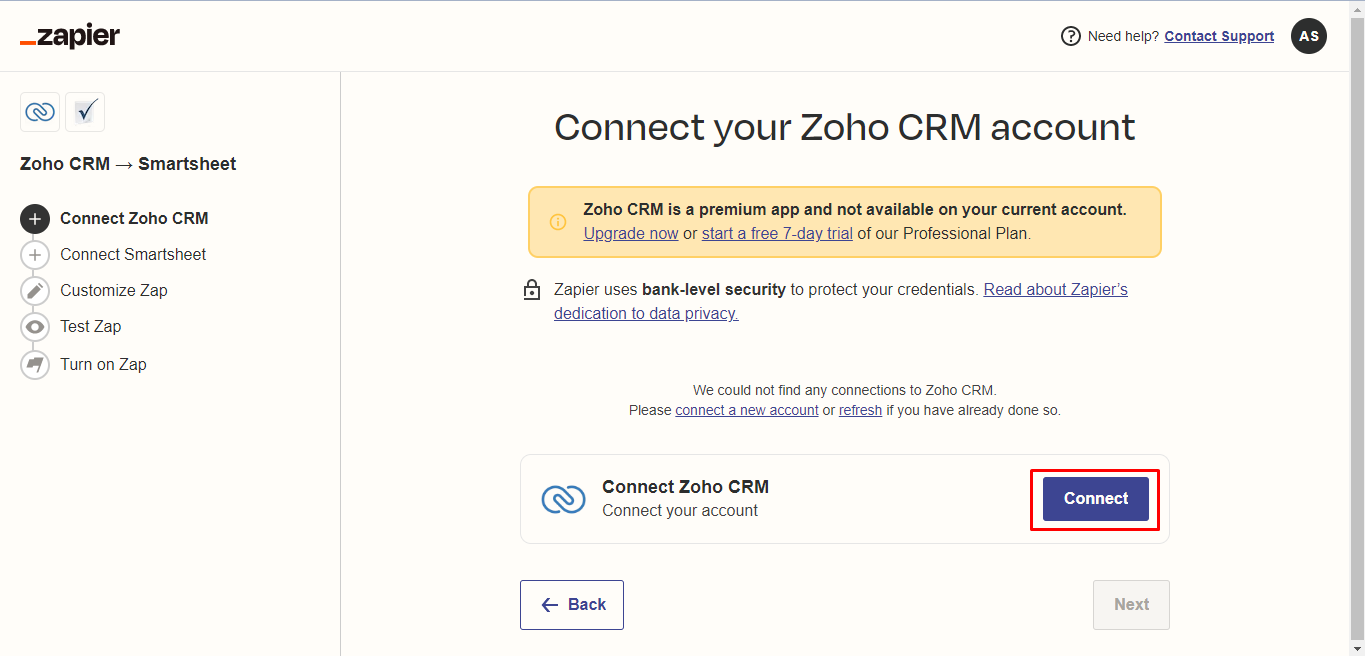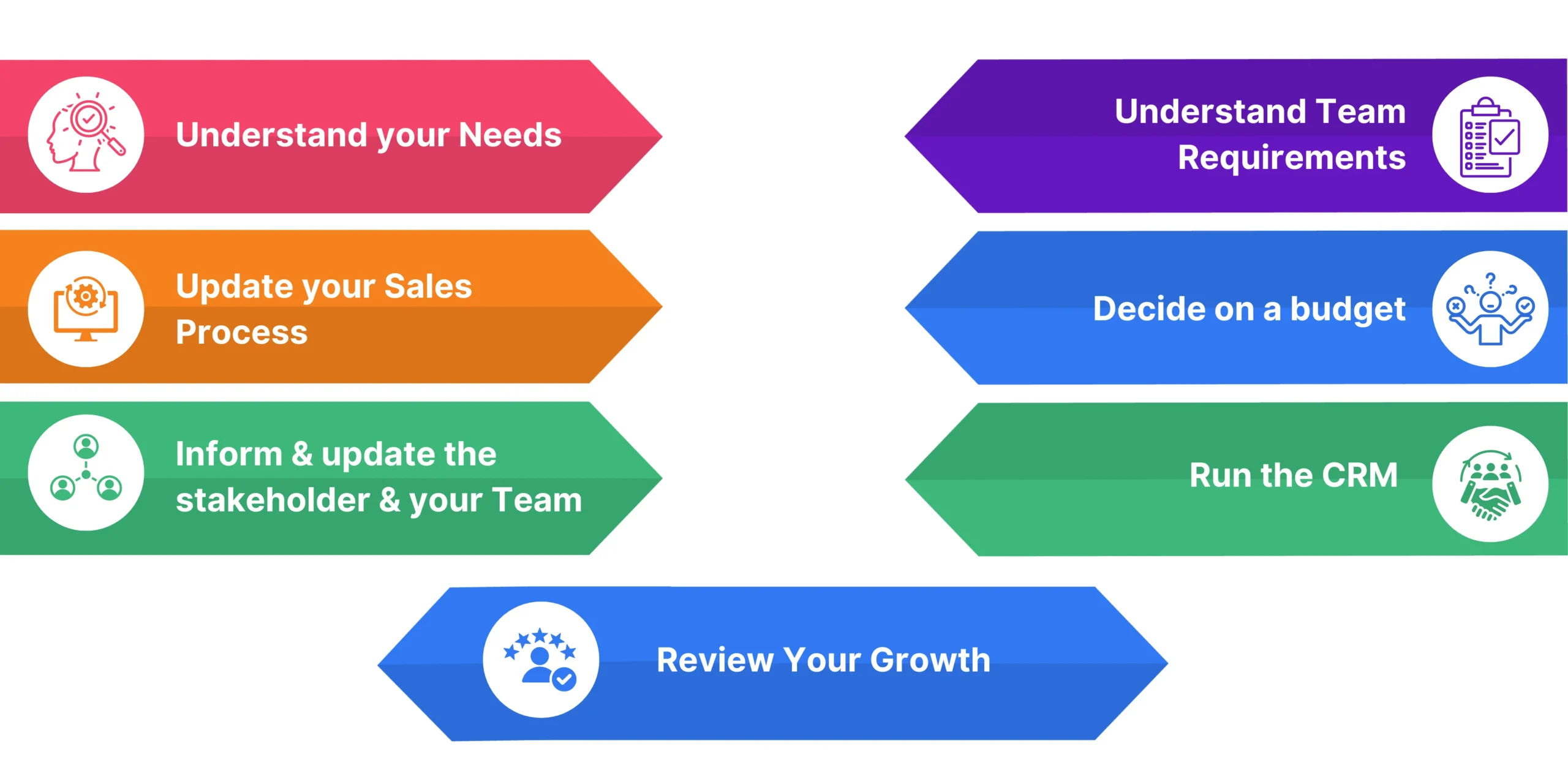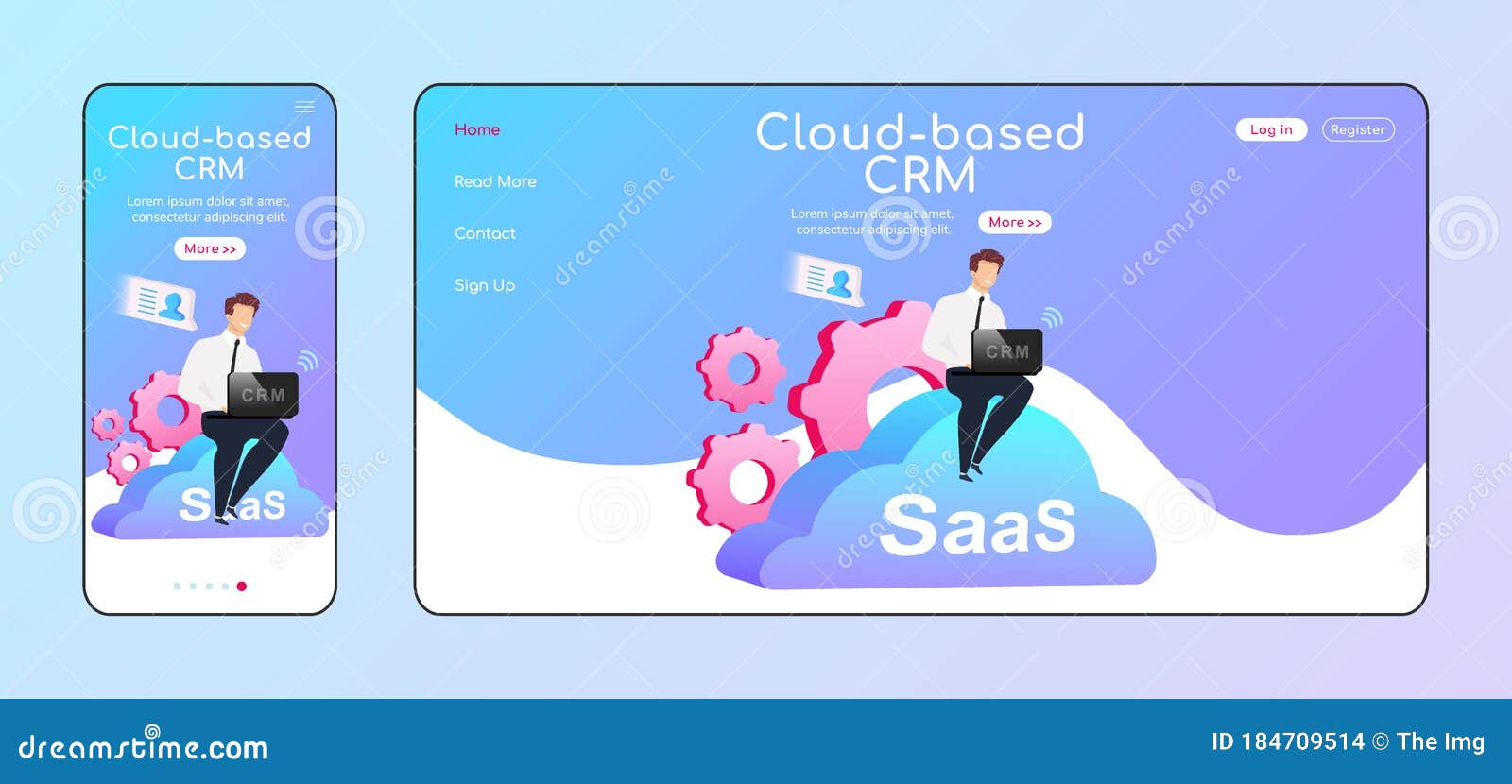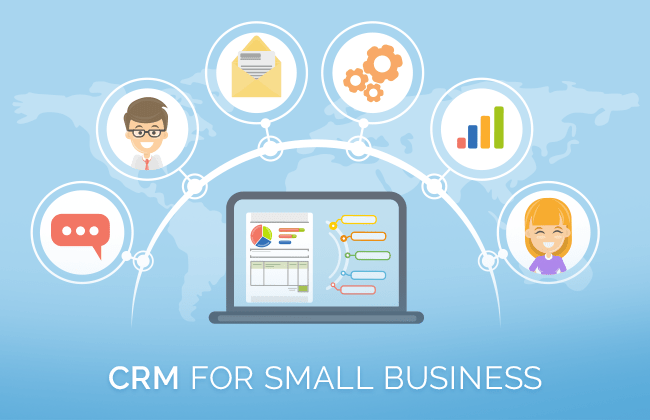Unlocking Growth: How CRM Transforms Marketing Performance and Drives Revenue
In today’s fiercely competitive business landscape, achieving sustainable growth requires more than just a great product or service. It demands a deep understanding of your customers, their needs, and their behaviors. This is where Customer Relationship Management (CRM) systems step in, becoming the backbone of modern marketing strategies. This article delves into the transformative power of CRM, exploring how it significantly enhances marketing performance and ultimately fuels revenue growth. We’ll dissect the key components, benefits, and practical applications of CRM, equipping you with the knowledge to leverage this powerful tool for your business.
What is CRM and Why Does it Matter?
At its core, a CRM system is a technology that manages all your company’s relationships and interactions with customers and potential customers. Think of it as a centralized hub for all customer-related information – from initial contact to ongoing support. This includes contact details, purchase history, communication logs, and more. But CRM is much more than just a digital address book; it’s a strategic tool that empowers businesses to:
- **Improve Customer Relationships:** By providing a 360-degree view of each customer, CRM enables personalized interactions, fostering stronger relationships and increased loyalty.
- **Streamline Processes:** CRM automates repetitive tasks, freeing up your marketing team to focus on more strategic initiatives.
- **Enhance Sales Effectiveness:** CRM provides sales teams with the insights and tools they need to close deals faster and more efficiently.
- **Boost Marketing ROI:** By tracking and analyzing marketing campaigns, CRM helps you optimize your spending and maximize your return on investment.
- **Drive Revenue Growth:** Ultimately, all of these benefits contribute to increased sales, improved customer retention, and sustainable revenue growth.
In essence, CRM isn’t just a software; it’s a philosophy. It’s about putting the customer at the center of your business and building a strategy around their needs and preferences.
Key Components of a CRM System
A robust CRM system typically comprises several key components that work together to provide a comprehensive view of your customers and streamline your business processes. Understanding these components is crucial for effectively implementing and utilizing a CRM system.
1. Contact Management
This is the foundation of any CRM system. Contact management involves storing and organizing all customer contact information, including names, addresses, phone numbers, email addresses, and social media profiles. This centralized repository ensures that all team members have access to the same accurate and up-to-date information, eliminating data silos and improving communication consistency.
2. Sales Force Automation (SFA)
SFA tools automate various aspects of the sales process, such as lead tracking, opportunity management, and sales forecasting. This component helps sales teams manage their pipelines, track their progress, and close deals more efficiently. Features often include lead scoring, automated email sequences, and sales reports.
3. Marketing Automation
Marketing automation tools streamline marketing campaigns and improve their effectiveness. This component allows you to automate repetitive tasks such as email marketing, social media posting, and lead nurturing. It also provides features for segmenting your audience, personalizing your messaging, and tracking campaign performance. This is a vital element for enhancing marketing performance.
4. Customer Service and Support
This component enables businesses to provide excellent customer service and support. It includes features such as help desk ticketing, knowledge bases, and live chat. By providing quick and efficient support, you can improve customer satisfaction and build stronger relationships.
5. Analytics and Reporting
Analytics and reporting tools provide valuable insights into your customer data and business performance. This component allows you to track key metrics such as sales revenue, customer acquisition cost, and customer lifetime value. These insights help you make data-driven decisions and optimize your marketing and sales strategies.
The Benefits of CRM for Marketing Performance
Implementing a CRM system offers a multitude of benefits that directly translate into improved marketing performance. Let’s explore some of the most significant advantages:
1. Enhanced Customer Segmentation
CRM allows you to segment your customer base based on various criteria, such as demographics, purchase history, and behavior. This enables you to create highly targeted marketing campaigns that resonate with specific customer groups. Instead of sending generic messages to everyone, you can tailor your messaging to address the unique needs and interests of each segment, leading to higher engagement rates and conversion rates.
2. Personalized Marketing Campaigns
With a 360-degree view of each customer, CRM empowers you to personalize your marketing efforts. You can personalize email subject lines, website content, and product recommendations based on individual customer preferences and past interactions. This level of personalization makes customers feel valued and understood, leading to increased loyalty and repeat purchases.
3. Improved Lead Management
CRM helps you capture, track, and nurture leads throughout the sales funnel. You can automate lead scoring to identify the most qualified leads and prioritize your sales efforts accordingly. Lead nurturing campaigns, such as automated email sequences, keep leads engaged and informed, moving them closer to a purchase decision. This is a core function that boosts marketing performance.
4. Optimized Marketing Spend
CRM provides valuable insights into the performance of your marketing campaigns. You can track key metrics such as click-through rates, conversion rates, and return on investment (ROI). This data allows you to identify which campaigns are most effective and allocate your marketing budget accordingly. By optimizing your marketing spend, you can maximize your ROI and achieve better results.
5. Increased Customer Retention
CRM helps you build stronger customer relationships, which is essential for customer retention. By tracking customer interactions and providing personalized support, you can ensure that customers feel valued and satisfied. CRM also allows you to identify customers who are at risk of churning and proactively address their concerns. This proactive approach can significantly improve customer retention rates and reduce customer churn.
6. Streamlined Marketing Workflows
CRM automates many repetitive marketing tasks, such as email marketing, social media posting, and lead nurturing. This frees up your marketing team to focus on more strategic initiatives, such as content creation and campaign planning. Streamlined workflows improve efficiency and productivity, allowing you to achieve more with less.
7. Better Collaboration
CRM fosters better collaboration between marketing, sales, and customer service teams. By providing a centralized platform for sharing customer information and tracking interactions, CRM ensures that everyone is on the same page. This improved collaboration leads to a more seamless customer experience and better results.
How CRM Drives Revenue Growth
The benefits of CRM for marketing performance ultimately contribute to increased revenue growth. Here’s how:
- **Increased Sales:** By improving lead management, optimizing sales processes, and providing sales teams with the tools they need to close deals, CRM helps increase sales revenue.
- **Improved Customer Retention:** By building stronger customer relationships and providing excellent customer service, CRM helps retain existing customers, reducing customer churn and increasing customer lifetime value.
- **Higher Customer Lifetime Value (CLTV):** By increasing customer retention and encouraging repeat purchases, CRM helps increase the CLTV of your customers, which is a key driver of revenue growth.
- **Reduced Customer Acquisition Cost (CAC):** By optimizing marketing spend and improving lead management, CRM helps reduce CAC, making it more cost-effective to acquire new customers.
- **Improved Marketing ROI:** By tracking and analyzing marketing campaign performance, CRM helps you optimize your marketing spend and maximize your ROI, leading to increased revenue.
When implemented effectively, CRM becomes a powerful engine for revenue growth, transforming your marketing efforts into a results-driven machine.
Implementing CRM: Best Practices for Success
Implementing a CRM system is a significant undertaking, but following best practices can increase your chances of success. Here are some key considerations:
1. Define Your Goals and Objectives
Before you start looking at CRM systems, clearly define your goals and objectives. What do you want to achieve with CRM? Do you want to improve customer retention, increase sales, or streamline your marketing processes? Having clear goals will help you choose the right CRM system and measure your success.
2. Choose the Right CRM System
There are many CRM systems available, each with its own strengths and weaknesses. Research different options and choose a system that meets your specific needs and budget. Consider factors such as features, scalability, ease of use, and integration capabilities.
3. Plan Your Implementation
Develop a detailed implementation plan that outlines the steps you need to take to implement the CRM system. This plan should include tasks such as data migration, user training, and system configuration. A well-defined plan helps you stay on track and avoid costly mistakes.
4. Migrate Your Data Carefully
Data migration is a critical step in the implementation process. Ensure that your data is accurate, complete, and properly formatted before migrating it to the CRM system. Consider cleaning and de-duplicating your data to improve its quality. This is a crucial step for effective CRM usage.
5. Train Your Team
Provide comprehensive training to your team on how to use the CRM system. Ensure that everyone understands how to use the system’s features and how it integrates with their daily tasks. Ongoing training and support are essential for maximizing adoption and utilization.
6. Customize the System
Customize the CRM system to meet your specific needs. This may involve configuring workflows, creating custom fields, and integrating the system with other business applications. Customization ensures that the system is tailored to your unique business processes.
7. Monitor and Optimize
Continuously monitor the performance of your CRM system and make adjustments as needed. Track key metrics such as user adoption, data quality, and campaign performance. Use this data to identify areas for improvement and optimize your CRM strategy.
CRM and the Future of Marketing
The role of CRM in marketing is only going to become more critical in the future. As customer expectations continue to rise and the competitive landscape intensifies, businesses will need to leverage CRM to build stronger customer relationships and drive revenue growth.
Here are some trends to watch:
- **Artificial Intelligence (AI) and Machine Learning (ML):** AI and ML are already being integrated into CRM systems to automate tasks, personalize customer interactions, and provide predictive insights.
- **Mobile CRM:** As more and more customers interact with businesses on mobile devices, mobile CRM solutions will become increasingly important.
- **Social CRM:** Integrating social media data into CRM systems will provide a more comprehensive view of the customer and enable more personalized marketing efforts.
- **Data Privacy and Security:** As data privacy regulations become stricter, businesses will need to prioritize data security and compliance.
By embracing these trends and staying ahead of the curve, businesses can ensure that their CRM systems remain effective and relevant in the years to come.
Choosing the Right CRM: Key Considerations
Selecting the right CRM system is a pivotal decision. Here are crucial factors to take into account:
1. Scalability
Choose a CRM system that can scale to meet your business’s future needs. Consider the number of users, the volume of data, and the potential for growth. The system should be able to handle increasing demands without compromising performance.
2. Integration Capabilities
Ensure the CRM system integrates seamlessly with your existing business applications, such as your email marketing platform, accounting software, and e-commerce platform. This integration will streamline your workflows and provide a more holistic view of your customer data.
3. Ease of Use
Select a CRM system that is easy to use and intuitive. A user-friendly interface will ensure that your team adopts the system quickly and efficiently. Consider the learning curve and the level of training required.
4. Customization Options
Choose a CRM system that offers customization options to tailor it to your specific business needs. This may include creating custom fields, configuring workflows, and integrating the system with other applications.
5. Reporting and Analytics
The CRM system should provide robust reporting and analytics capabilities to track key metrics and gain insights into your customer data. Look for features such as customizable dashboards, data visualization tools, and the ability to generate custom reports.
6. Mobile Access
Consider a CRM system that offers mobile access. This will allow your team to access customer data and manage their tasks on the go, improving productivity and responsiveness.
7. Pricing and Support
Evaluate the pricing options and the level of support offered by the CRM vendor. Choose a system that fits your budget and provides adequate support, including training, documentation, and technical assistance.
Measuring CRM Marketing Performance: Key Metrics
To effectively gauge the impact of your CRM on marketing, it’s essential to track key performance indicators (KPIs). Here are critical metrics to monitor:
1. Customer Acquisition Cost (CAC)
This metric measures the cost of acquiring a new customer. A well-implemented CRM can help reduce CAC by improving lead management, optimizing marketing spend, and increasing conversion rates.
2. Customer Lifetime Value (CLTV)
CLTV represents the total revenue a customer is expected to generate throughout their relationship with your business. CRM can help increase CLTV by improving customer retention, encouraging repeat purchases, and fostering customer loyalty.
3. Conversion Rates
Track conversion rates at each stage of the sales funnel, from lead to customer. CRM helps improve conversion rates by streamlining the sales process, providing sales teams with the tools they need, and personalizing marketing efforts.
4. Customer Retention Rate
This metric measures the percentage of customers who remain loyal to your business over a specific period. CRM can improve customer retention rates by building stronger customer relationships, providing excellent customer service, and proactively addressing customer concerns.
5. Marketing ROI
Calculate the return on investment (ROI) for your marketing campaigns. CRM helps optimize marketing spend by providing insights into campaign performance, allowing you to allocate your budget to the most effective campaigns.
6. Lead Generation Volume and Quality
Monitor the volume and quality of leads generated through your marketing efforts. CRM helps improve lead generation by automating lead capture, scoring leads, and nurturing leads through the sales funnel.
7. Sales Cycle Length
Track the average time it takes to close a deal. CRM can help shorten the sales cycle by streamlining the sales process, providing sales teams with the information they need, and automating tasks.
By consistently monitoring these KPIs, you can assess the effectiveness of your CRM implementation and make data-driven decisions to optimize your marketing performance.
Conclusion: The Transformative Power of CRM
In conclusion, CRM is more than just software; it’s a strategic imperative for businesses seeking to thrive in today’s dynamic market. By centralizing customer data, streamlining processes, and enabling personalized interactions, CRM empowers marketers to create more effective campaigns, build stronger customer relationships, and ultimately drive revenue growth. From enhanced customer segmentation to optimized marketing spend, the benefits of CRM are undeniable. By understanding the key components, implementing best practices, and consistently monitoring performance, businesses can unlock the full potential of CRM and transform their marketing efforts into a powerful engine for success. The future of marketing is undeniably intertwined with the power of CRM. Businesses that embrace this technology and leverage its capabilities will be well-positioned to thrive in the years to come. Don’t just manage customer relationships; cultivate them. Embrace CRM and watch your business flourish.




